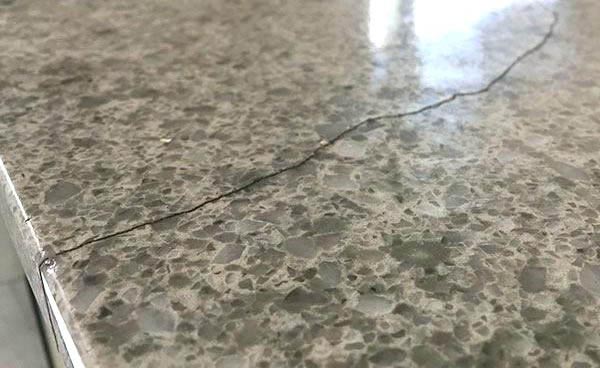How To Repair Granite Countertops Without Replacing Them
Granite countertops add elegance and durability to kitchens and bathrooms, but over time, they may develop cracks, chips, or other damages. Fortunately, you do not always need to replace your entire countertop when these issues arise.
- Assess the Damage
The first step in repairing a granite countertop is assessing the damage. Determine whether the problem is a crack, chip, stain, or dull spot. Minor chips and cracks can often be fixed with DIY methods, while more significant damage may require professional help. Examine the depth and length of cracks or the size of chips to gauge whether you can handle the repair yourself.
- Repairing Small Chips
If your countertop has small chips, epoxy or granite repair kits are the most effective solutions. Clean the area thoroughly using a granite cleaner and let it dry. Mix the epoxy according to the instructions, then apply it to the chipped area using a putty knife. Smooth it out carefully, ensuring it fills the chip entirely. Allow the epoxy to dry, then sand the area lightly with fine-grit sandpaper to blend it with the rest of the surface. Finish by polishing the spot to restore its shine.

- Fixing Cracks
For narrow, superficial cracks, use a clear epoxy that matches the granite’s color. Start by cleaning the crack thoroughly to remove any dirt or debris. Apply the epoxy carefully, pushing it into the crack using a toothpick or a small spatula. Once the epoxy sets, sand the area gently to smooth out any unevenness, and then polish to regain the countertop’s glossy finish. For wider cracks, consider adding granite dust to the epoxy mixture to create a better color match.
- Handling Stains and Discoloration
Granite is porous and can absorb spills, leading to stains. To remove stains, create a poultice using baking soda and water or hydrogen peroxide, depending on whether the stain is oil-based or water-based. Spread the poultice over the stain, cover it with plastic wrap, and leave it for 24 hours. Afterward, remove the poultice and rinse the area. If the stain persists, repeat the process. Once removed, reseal the granite to protect it from future staining.
- Restoring Dull Surfaces
Granite countertops can lose their shine due to everyday use. To restore luster, start by cleaning the surface with a granite-safe cleaner. Next, use a granite polishing compound and a soft cloth to buff the surface in circular motions. For deep scratches or dullness, a professional refinishing service may be required to achieve a mirror-like finish.
- Maintenance Tips
Preventing damage is the best way to prolong the life of your granite countertops replacement. Avoid placing hot pots directly on the surface, use cutting boards to prevent scratches, and clean spills immediately. Sealing your granite regularly will also help maintain its resistance to stains and moisture. Repairing granite countertops without replacing them is achievable with the right approach and materials. By tackling chips, cracks, and stains early, you can preserve the beauty of your countertops and save money in the long run. Regular maintenance is key to keeping them in pristine condition, allowing you to enjoy the elegance of granite for years to come.

